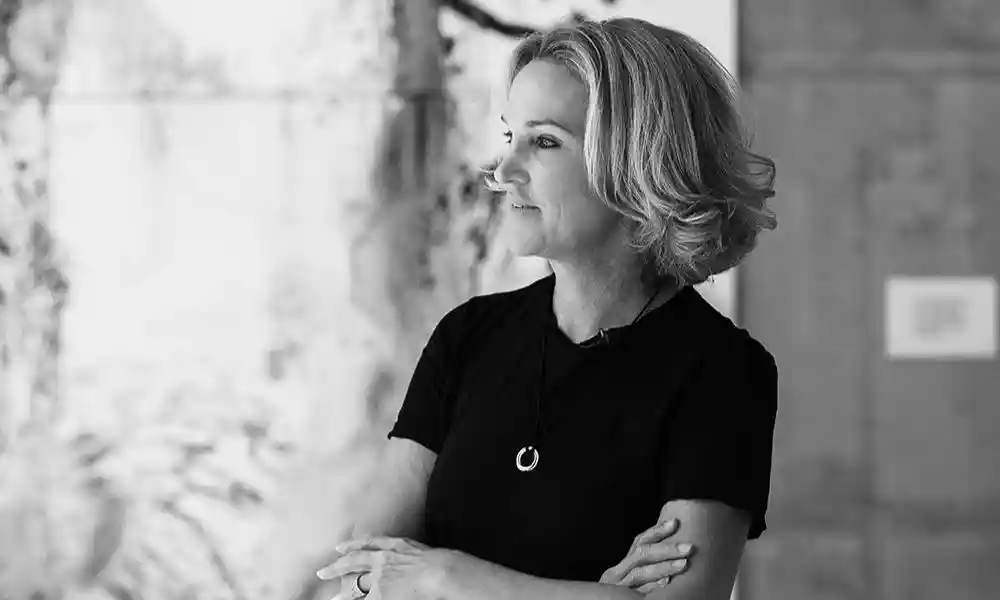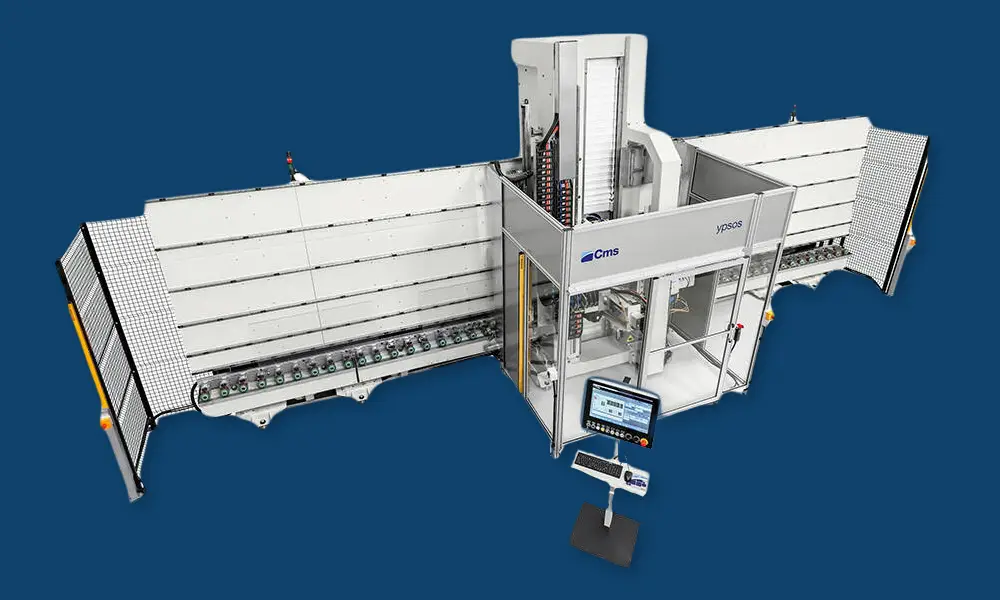Caroline Christie-Coxon – Creativity, Resilience, and the Future of Public Art

Caroline Christie-Coxon’s career spans more than three decades, beginning with studies in South Africa before moving to Perth, where she has established a practice deeply attuned to humanity’s relationship with nature. Many of her projects harness the transformative qualities of glass, playing with light and transparency to create works that shift with the environment. In this Artist Q&A, Caroline shares her journey as a visual artist, the challenges of working on large-scale public artworks, and her vision for the future of public art in Perth and beyond.
How did your career as a visual artist begin?
My career began in South Africa, where I studied History of Art at the University of Cape Town and developed a strong foundation in painting and conceptual practice. After relocating to Perth in 1996, I opened a contemporary gallery and design studio, which allowed me to work across both curatorial and creative roles. Over the past three decades, my practice has evolved into an interdisciplinary exploration of humanity’s relationship with nature through painting, photography, site-responsive installations, and public art.
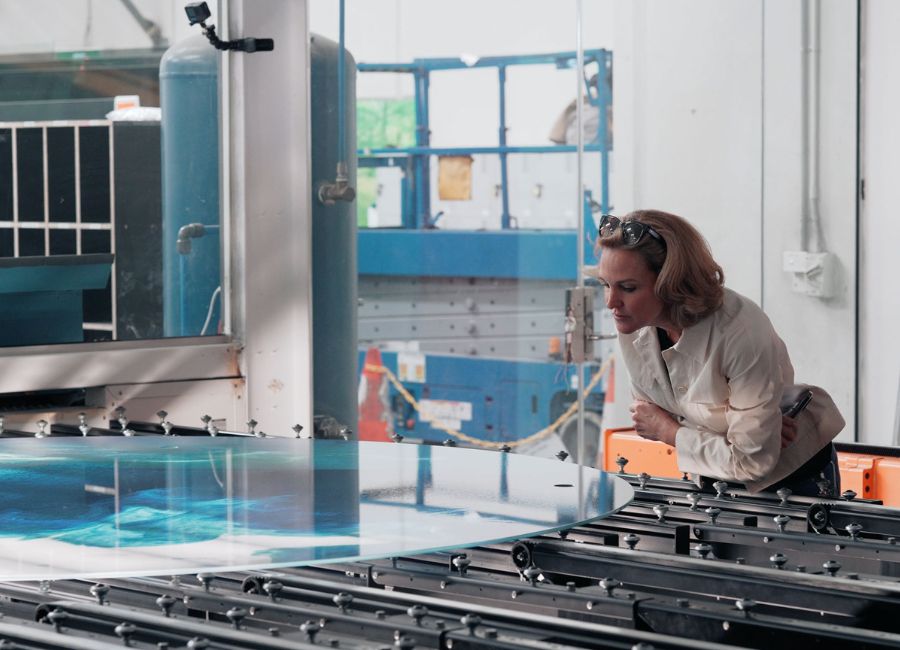
What do you enjoy most about working with glass as a creative medium?
Glass has a unique ability to hold and transmit light, which makes it a profoundly poetic medium. I enjoy how it can simultaneously reflect its environment while allowing viewers to see through it, a duality that connects closely with my broader practice of exploring fluidity, transparency, and transformation.

What does your creative process look like?
My process is highly site-responsive and intuitive. I begin by engaging directly with a place, its atmosphere, history, and elemental qualities before developing gestures, drawings, or prototypes. In the studio, I allow materials to interact with chance, whether in paint, textile, or glass, creating outcomes that are both intentional and responsive to natural forces.
What has been your most challenging project to date?
Large-scale public artworks are always complex, particularly in balancing creative vision with precision engineering, fabrication, and community expectations. The Moon Over Ocean; Land Under Sun glass commission for Metronet’s Alkimos Station was both a highlight and a challenge. It required translating a conceptual narrative about land and sea into durable architectural glass while meeting rigorous safety standards.
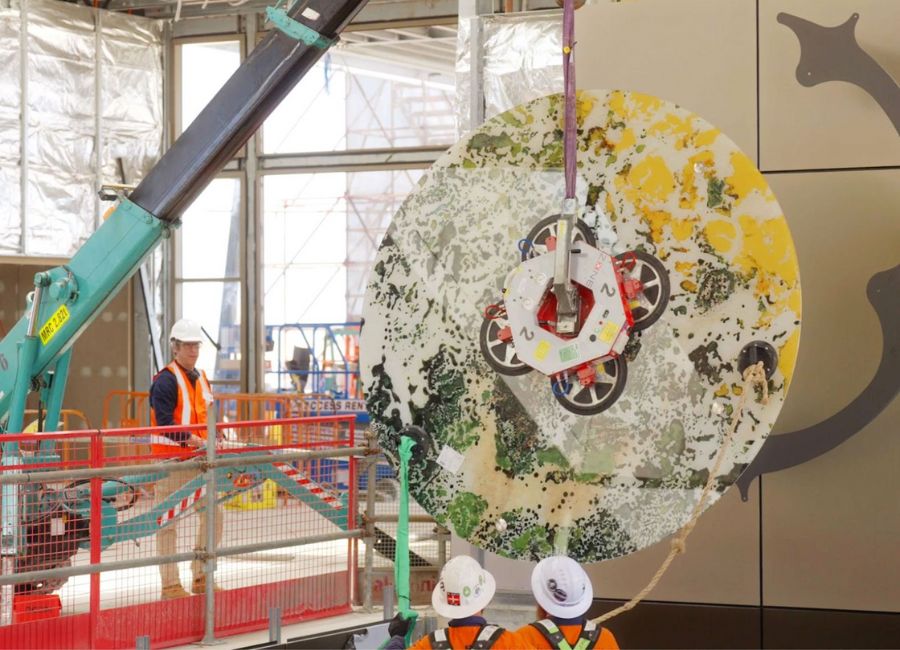

What advice do you have for students currently studying, or considering a career in visual arts?
Stay true to your vision and process, but remain open to collaboration and learning from others. Build resilience, the art world can be demanding, and seek out mentors who inspire you. Most importantly, let your practice be guided by curiosity and connection rather than trends.
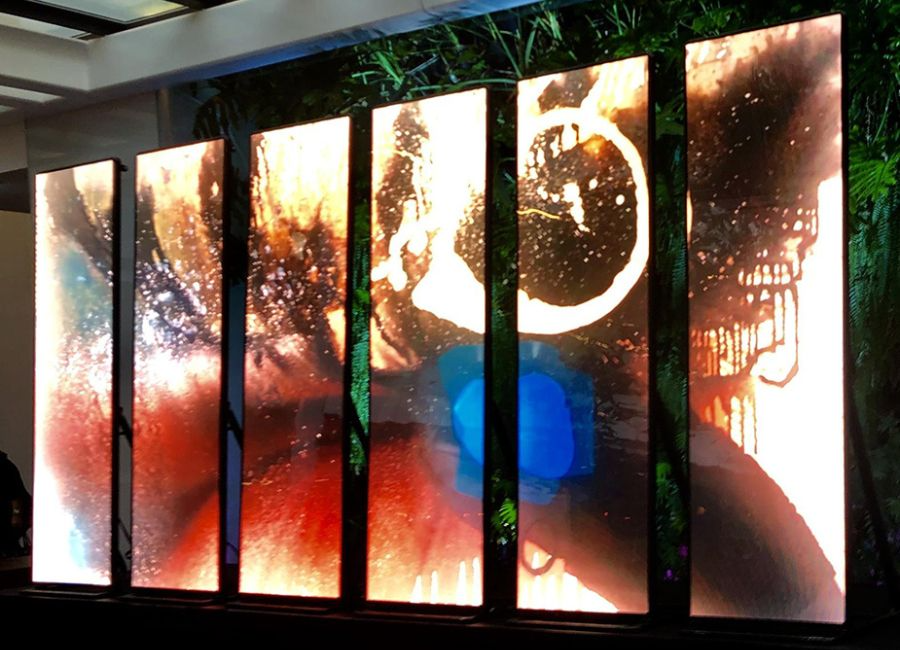
What does the future hold for public art in Perth, and Australia?
I see the future of public art moving toward works that embody durability and a clean, simple aesthetic, creating lasting landmarks that enhance the liveability of our environments. Beyond beauty, public art plays a vital role in shaping how people feel about the places they move through each day. This vision must extend beyond cultural precincts into industrial zones and lower socioeconomic areas, where art can foster dignity, wellbeing, and connection. Looking ahead, I believe public art in Perth and across Australia will increasingly reflect ecological consciousness, sustainability, and inclusivity, ensuring creativity is not a privilege for a few, but a shared resource that enriches all communities.
Where could someone go in Perth to view one of your projects?
Currently, people can experience my work at Metronet’s Alkimos Station (Moon Over Ocean; Land Under Sun), at Belmont (Solarsphere), and in the City of Swan (In the Wake of Bloom). These projects engage with light, landscape, and ecology, and reflect my ongoing exploration of circularity and interconnectedness.
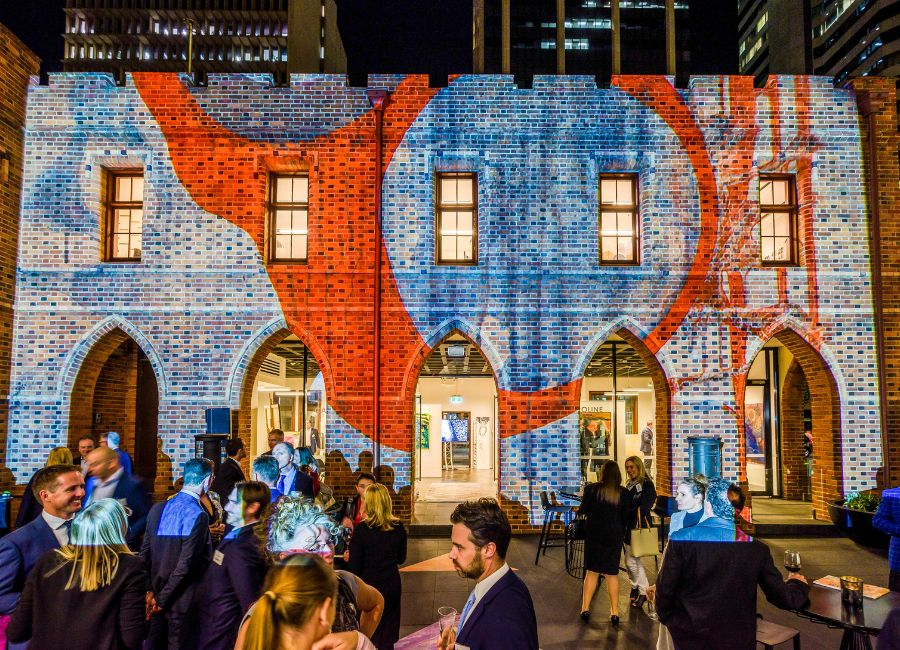
Are there any resources you would like to share with other potential artists?
Engage with local organisations and councils, which often provide valuable support and opportunities for public art. Most importantly, I encourage artists to spend time in nature, it remains the most profound and enduring resource for creative renewal.



